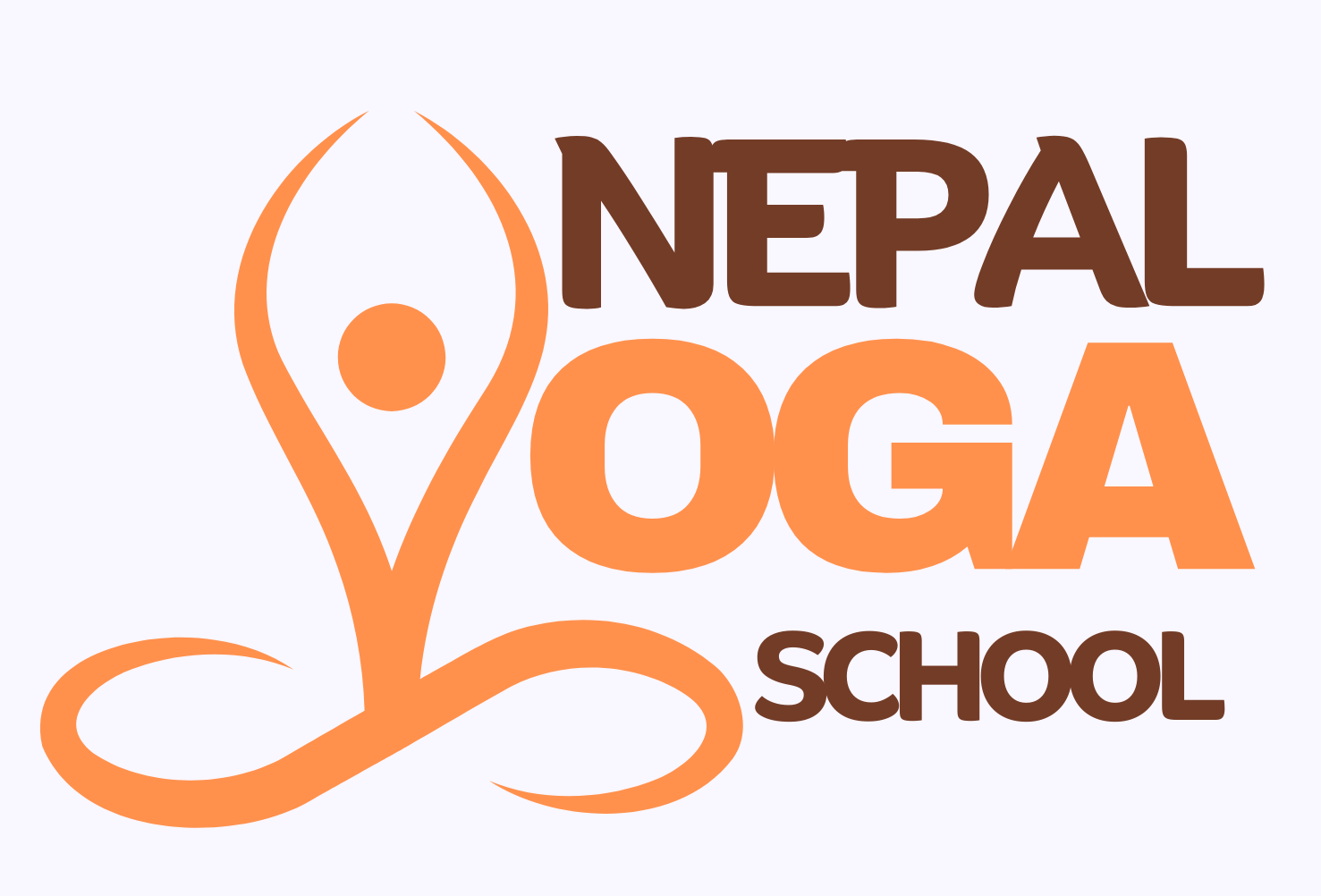Chronic pain is an issue many people struggle with daily, often impacting their quality of life. While there are various medical treatments available, pain management yoga offers a natural and effective way to alleviate discomfort and improve overall well-being. Pain management yoga combines gentle movements, stretches, breathing exercises, and mindfulness techniques to address both physical and mental aspects of pain. Let’s explore how this yoga can be a powerful tool for those seeking relief from chronic pain.
Understanding Chronic Pain
Chronic pain is pain that persists for more than three months, often affecting muscles, joints, and nerves. Common causes include conditions like arthritis, fibromyalgia, back pain, and migraines. Unlike acute pain, which signals injury or illness, chronic pain can continue even after the underlying cause has healed. This ongoing discomfort can lead to stress, anxiety, depression, and reduced mobility.
Pain management yoga is designed to break this cycle by addressing both the physical and mental components of pain. By using pain management yoga consistently, people can improve flexibility, strengthen muscles, and calm the nervous system, which in turn helps reduce pain intensity.
How Pain Managing Yoga Techniques Work
Pain management yoga targets pain through a combination of gentle asanas (poses), breath control (pranayama), and mindfulness practices. Each element plays a specific role in reducing pain and promoting relaxation:
- Gentle Asanas: Pain management yoga focuses on low-impact poses that gently stretch and strengthen muscles without aggravating existing pain. These poses improve circulation, enhance flexibility, and relieve tension in affected areas. Poses like Child’s Pose (Balasana), Cat-Cow Pose (Marjaryasana-Bitilasana), and Reclined Bound Angle Pose (Supta Baddha Konasana) are commonly used in pain management yoga for their ability to ease muscle tension and joint stiffness.
- Breath Control (Pranayama): Breathing exercises are a vital component of pain management yoga. Deep, controlled breathing helps activate the parasympathetic nervous system, which reduces stress and promotes relaxation. Techniques like diaphragmatic breathing and alternate nostril breathing can calm the mind and alleviate the emotional stress that often accompanies chronic pain.
- Mindfulness and Meditation: Pain management yoga emphasizes being present in the moment. By practicing mindfulness and meditation, people learn to manage pain-related stress and anxiety. Meditation techniques such as body scanning and guided visualization are commonly used to shift focus away from pain and promote a sense of calm and control.
Pain Management Yoga Poses for Different Conditions
Pain management yoga offers targeted relief for various types of chronic pain. Here are some specific poses and practices for common conditions:
- Back Pain: Gentle stretches like Cat-Cow Pose and Child’s Pose relieve tension in the lower back. Bridge Pose (Setu Bandhasana) strengthens the core and supports the spine.
- Joint Pain (Arthritis): Chair yoga, which involves seated or supported poses, is an effective part of pain managing yoga for those with joint pain. Poses like Seated Forward Bend (Paschimottanasana) and gentle twists improve flexibility and reduce stiffness.
- Neck and Shoulder Pain: Neck stretches, along with poses like Thread the Needle (Parsva Balasana) and Eagle Arms (Garudasana), release tension and improve mobility in the shoulders and neck.
- Hip Pain: Hip-openers like Reclined Bound Angle Pose and Pigeon Pose (Eka Pada Rajakapotasana) gently stretch the hip joints and reduce pain associated with tightness.
- Headaches and Migraines: Restorative poses like Legs-Up-the-Wall (Viparita Karani) combined with deep breathing can ease headache pain by promoting blood flow and relaxation.
The Science Behind Pain Management Yoga
The effectiveness of pain management yoga is supported by research, which highlights how this practice can reduce both the perception of pain and its intensity:
- Endorphin Release: Pain management yoga stimulates the release of endorphins, the body’s natural painkillers. These hormones reduce pain perception and create a sense of well-being.
- Nervous System Regulation: Chronic pain often keeps the body in a state of heightened stress. Pain management yoga helps activate the parasympathetic nervous system, leading to relaxation and decreased pain sensitivity.
- Improved Circulation and Flexibility: Stiff muscles and joints can worsen pain. Pain management yoga improves circulation and enhances flexibility, making it easier for the body to move without discomfort.
- Mind-Body Connection: Pain management yoga strengthens the connection between the body and mind, allowing individuals to better understand their pain triggers and develop healthier responses.
Benefits of Pain Management Yoga
Incorporating pain management yoga into your routine offers numerous benefits for those dealing with chronic pain:
- Reduced Pain Levels: Regular practice of pain management yoga helps decrease the frequency and intensity of pain episodes, offering long-term relief.
- Improved Mobility: By gently stretching and strengthening muscles, pain management yoga enhances overall mobility, making daily tasks easier.
- Emotional Well-Being: Chronic pain can lead to feelings of frustration and hopelessness. So, this Yoga also boosts mood, reduces anxiety, and fosters a positive outlook.
- Enhanced Sleep Quality: Pain often disrupts sleep, leading to fatigue and irritability. The yoga promotes relaxation, making it easier to fall asleep and stay asleep.
- Better Stress Management: Chronic pain is both a physical and mental challenge. This yoga reduces stress, making it easier to cope with the ups and downs of living with pain.
Tips for Practicing Pain Management Yoga Safely
To practice pain managing and relieving yoga effectively and safely, keep these tips in mind:
- Start Slow: If you’re new to yoga, begin with simple poses and gradually increase the intensity as your body adapts.
- Listen to Your Body: Pain relieving yoga should never cause pain. If a pose feels uncomfortable, modify it or skip it altogether.
- Use Props: Props like yoga blocks, straps, and bolsters can make poses more accessible and comfortable, allowing you to get the benefits without straining.
- Focus on Consistency: The benefits of pain managing yoga build over time. Practice regularly, even if it’s just for a few minutes each day.
- Consider Guided Classes: If you’re unsure where to start, consider joining a pain management yoga class, either in-person or online, led by a qualified instructor who can guide you safely through the practice.
Conclusion
Pain management yoga is a holistic approach to chronic pain relief that combines gentle movements, breathing exercises, and mindfulness techniques. By incorporating pain management yoga into your routine, you can experience natural and effective relief from chronic pain while improving your physical, emotional, and mental health. This practice not only helps alleviate pain but also empowers you to take control of your well-being through gentle, mindful moveme

